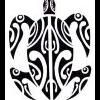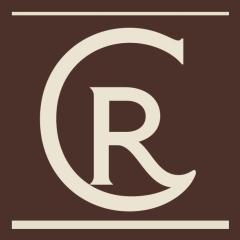-
Welcome to the eG Forums, a service of the eGullet Society for Culinary Arts & Letters. The Society is a 501(c)3 not-for-profit organization dedicated to the advancement of the culinary arts. These advertising-free forums are provided free of charge through donations from Society members. Anyone may read the forums, but to post you must create a free account.
'Latte price war'?
-
Similar Content
-
- 33 replies
- 8,483 views
-
- 161 replies
- 36,256 views
-
- 21 replies
- 9,658 views
-
- 2 replies
- 1,704 views
-
- 34 replies
- 24,214 views
-
-
Recently Browsing 0 members
- No registered users viewing this page.





Recommended Posts